Support Email :
Health check up inquiry :
+91-79-4023 2121
Support Email :
[email protected]Health check up inquiry :
+91-79-4023 2121





At Nidhi Hospital Ahmedabad, our Gastrointestinal (GI) Endoscopy Department provides advanced diagnostic and therapeutic procedures using the latest technology. With expert gastroenterologists and a fully equipped endoscopy unit, we deliver precise, safe, and comfortable care.
GI Endoscopy is a minimally invasive procedure that uses a thin, flexible tube with a light and camera (endoscope) to examine the digestive tract. It helps diagnose, monitor, and treat conditions of the esophagus, stomach, intestines, pancreas, gallbladder, and bile ducts.
Examines the esophagus, stomach, and duodenum
Detects ulcers, inflammation, strictures, GERD, cancers, bleeding
Biopsy, polyp removal, dilatation, and therapeutic treatments
Examines the colon and rectum
Detects & removes polyps, screens for colon cancer
Diagnoses bleeding, chronic diarrhea, IBD (Crohn’s, Ulcerative Colitis)
Evaluates and treats bile ducts, gallbladder, and pancreatic ducts
Removes stones, treats strictures, inserts stents
Combines endoscopy and ultrasound for high-resolution imaging
Evaluates pancreas, bile ducts, and GI tract layers
Enables fine needle aspiration (FNA) for tissue diagnosis, cyst drainage, and many other therapeutic procedures
Small capsule with a camera swallowed by the patient
Captures images of the small intestine
Useful for obscure bleeding, malabsorption, and hidden lesions
Places a feeding tube into the stomach via endoscopy
For patients unable to eat normally
Non-surgical treatment for weight loss
Balloon inserted into the stomach, inflated to reduce appetite
Temporary (6 to 12 months), helps patients lose weight safely
Experienced Team: Led by Prof. Dr. Sunil D. Popat, pioneer in advanced endoscopy & gastro-laparoscopic surgery
Comprehensive Care: Diagnostic and therapeutic endoscopy under one roof
State-of-the-Art Endoscopy Suites: Modern equipment, high-definition scopes, sterile environment
Patient Comfort: Sedation and painless procedures
Advanced Therapeutics: ERCP, stent placement, polyp removal, bleeding control
Trusted by Local & International Patients
Acid reflux (GERD)
Esophageal strictures & Barrett’s Esophagus
Peptic ulcers & stomach cancers
Intestinal bleeding & inflammatory bowel disease (IBD)
Gallstones & bile duct strictures
Pancreatitis & pancreatic tumors
Obscure GI bleeding & malabsorption
Colon polyps & colorectal cancer
Dedicated endoscopy unit with advanced imaging
High-definition scopes for accurate diagnosis
Endoscopic therapeutic procedures for complex GI conditions
International patient services with affordable care in India
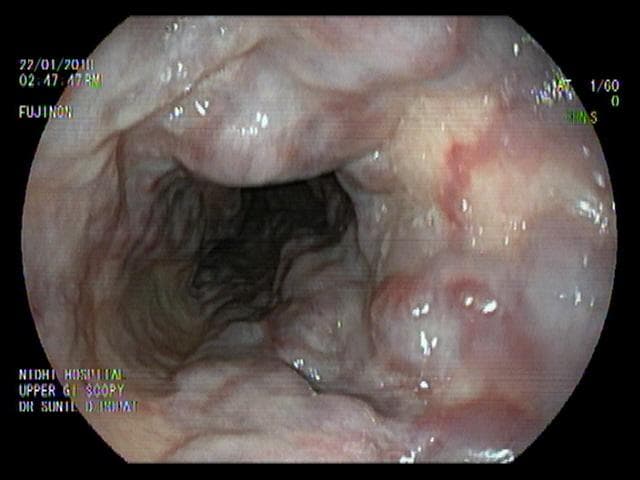
Upper endoscopyallows the doctor to examine the lining of the upper part of the gastrointestinal (GI) tract, which includes the esophagus, stomach and duodenum (first portion of the small intestine). In upper endoscopy, the physician uses a thin, flexible tube called an endoscope. The endoscope has a lens and light source, which projects images on a video monitor. This procedure is also referred to as UGI endoscopy, or esophagogastroduodenoscopy (EGD). Upper endoscopy is often done under sedation to assure maximal patient comfort.
Upper endoscopy helps the doctor evaluate symptoms of persistent upper abdominal pain, nausea, vomiting, or difficulty swallowing. It is the best test for finding the cause of bleeding from the upper GI tract and is also more accurate than X-rays for detecting inflammation, ulcers, and tumors of the esophagus, stomach, and duodenum.
A physician may also use upper endoscopy to obtain small tissue samples (biopsies). A biopsy helps distinguish between benign and malignant (cancerous) tissues. Biopsies are taken for many reasons, and a doctor might order a biopsy even if cancer is not suspected. For example, a biopsy can be taken to test for Helicobacter pylori, bacteria that can cause ulcers.
Upper endoscopy can also be used to perform a cytology (cell) test, in which a small brush is passed through the channel of the endoscope to collect cells for analysis. Other instruments can be passed through the endoscope to directly treat many abnormalities with little or no discomfort. For example, the doctor may stretch a narrow area (a stricture), detect Barrett’s esophagus (a possibly precancerous alteration in the esophageal lining), detect and biopsy gastrointestinal cancers, remove polyps (usually benign growths) treat bleeding (with standard cautery or the newer argon plasma coagulation method), and detect and treat symptoms of gastroesophageal reflux disease (GERD).

Sigmoidoscopy, or“flexible sigmoidoscopy”, lets a physician examine the lining of the rectum and a portion of the colon (large intestine) by inserting a flexible tube about the thickness of your finger into the anus and slowly advancing it into the rectum and lower part of the colon. This procedure evaluates only the lower third of the colon. Sigmoidoscopy is often done without any sedation, although sedation can be used if necessary.
Various miniaturized tools can be inserted through the scope to help the doctor obtain samples (biopsies) of the colon and to perform maneuvers to diagnose or treat conditions.
Flexible sigmoidoscopy can detect and sometimes treat polyps, rectal bleeding, fissures, strictures, fistulas, and foreign bodies, colorectal cancer, and benign and malignant lesions.
Flexible sigmoidoscopy is not a substitute for total colonoscopy when it is indicated. The finding of a new, abnormally growing polyp during sigmoidoscopy, for example, is an indication for a colonoscopy to search for additional polyps or cancer. Sigmoidoscopy should not be used for polypectomy unless the entire colon is adequately prepared. This procedure should also not be used with cases of diverticulitis, and peritonitis.

Colonoscopy is a common, safe test to examine the lining of the large bowel. During a colonoscopy, doctors who are trained in this procedure (endoscopists) can also see part of the small intestine (small bowel) and the end of the GI tract (the rectum). This procedure is often done under sedation to assure maximal patient comfort.
During a colonoscopy, the endoscopist uses a flexible tube, about the width of your index finger, fitted with a miniature camera and light source. This device is connected to a video monitor that the doctor watches while performing the test. Various miniaturized tools can be inserted through the scope to help the doctor obtain samples (biopsies) of the colon and to perform maneuvers to diagnose or treat conditions.
Colonoscopy can detect and sometimes treat polyps, rectal bleeding, fissures, strictures, fistulas, foreign bodies, Crohn’s Disease, and colorectal cancer.
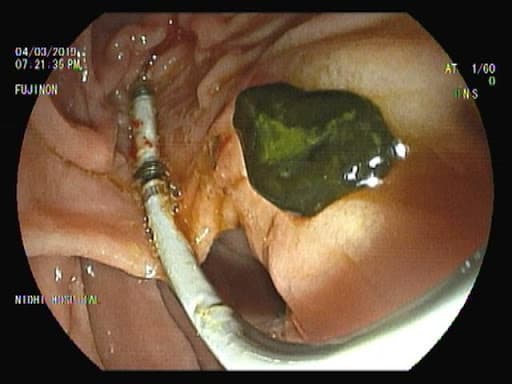
Endoscopic retrograde cholangiopancreatography (ERCP) is a specialized technique used to study and treat problems of the liver, pancreas, and, on occasion, the gallbladder. ERCP is performed under sedation.
To reach the small passageways, known as ducts, that connect these organs, an endoscope is passed through the mouth, beyond the stomach and into the small intestine (duodenum). A thin tube is then inserted through the endoscope into the common bile duct and pancreatic duct connecting the liver and pancreas to the intestine. A contrast material (dye) is injected through the tube and flows into the liver and pancreas, outlining those ducts as X-rays are taken. The X-rays can show narrowing or blockages in the ducts that may be due to a cancer, gallstones, or other abnormalities. During the test, a small brush or biopsy forceps can be put through the endoscope to remove cells for study under a microscope.
ERCP in Ahmedabad can be used to diagnose biliary colic, jaundice, elevated liver enzymes, cholangitis (inflammation of a bile duct), pancreatitis (inflammation of the pancreas), and bile-duct (biliary) obstruction due to gallstones (choledocholithiasis) and cancer. ERCP can be used to treat gallstones, malignant and benign biliary strictures, cholangitis, pancreatic cancer and pancreatitis.
Enteroscopy includes several types of procedures that allow a physician to look further into the small bowel (which is up to 25 feet long) than other methods mentioned here. A physician may use a longer conventional endoscope, a double-balloon endoscope, or a wireless capsule endoscope. Enteroscopy is primarily used to find the source of intestinal bleeding, but can also be used to find lesions, and determine causes for nutritional malabsorption.
An extended version of the conventional endoscope (called a “push endoscope”) may be employed to study the upper part-about 40 inches-of the small intestine. Another, similar but longer instrument actually makes use of the normal digestive contractions of the small intestine to move the instrument further-up to 150 inches-into the small bowel. This procedure takes more time than the “push” method, and still may not be able to see the entire small intestine.
Capsule endoscopy uses a swallowable capsule containing tiny video cameras. The capsule, about the size of a large vitamin pill, contains a light source, batteries, a radio transmitter, and an antenna. The capsule transmits the images to a recording device worn around the patient’s waist. When complete, the recording is downloaded to a computer which displays it on a screen. The capsule is disposable and usually takes eight hours to move through the digestive system, after which it is passed harmlessly in a bowel movement. Capsule endoscopy does not require sedation and is painless. Capsule endoscopy can be used to diagnose hidden GI bleeding, Crohn’s disease, celiac disease, and other malabsorption problems, tumors (benign and malignant), vascular malformations, medication injury, and to a lesser extent, esophageal disease. Currently, capsule endoscopy cannot be used to biopsy or treat any conditions.
Double-balloon enteroscopy uses a basic endoscope for viewing the inside of the entire small colon, but that endoscope travels inside another tube which is pulled along the inside of the colon by alternately inflating and deflating two small balloons against the inside of the intestinal wall. This allows the scope to travel further, give stable images, perform biopsies, remove polyps, and perform other therapies. This procedure is done under sedation to assure patient comfort.
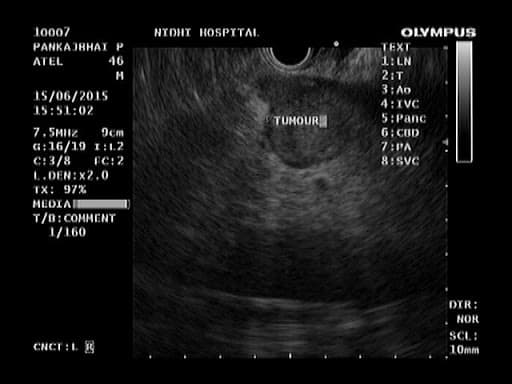
A flexible endoscope which has a small ultrasound device built into to end can be used to see the lining of the esophagus, stomach, small bowel, or colon. The ultrasound component produces sound waves that create visual images of the digestive tract which extend beyond the inner surface lining. Endoscopic ultrasound examinations (also called endoluminal endosonography) may be performed through the mouth or through the anus. EUS is performed under sedation.
EUS provides more detailed pictures of the digestive tract anatomy EUS can be used to evaluate an abnormality below the surface such as a growth that was detected at a prior endoscopy or by X-ray. EUS, because of its ability to examine through the layers of the surface of the GI tract, provides a detailed picture of the growth, which can help the doctor determine its nature and decide on the best treatment.
EUS can also be used to diagnose diseases of the pancreas, bile duct, and gallbladder when other tests are inconclusive, and EUS can be used to determine stage of cancers. Tissue samples can be obtained and certain therapies (such as the removal of certain cysts or aspiration of lymph nodes) can be performed with EUS guidance.
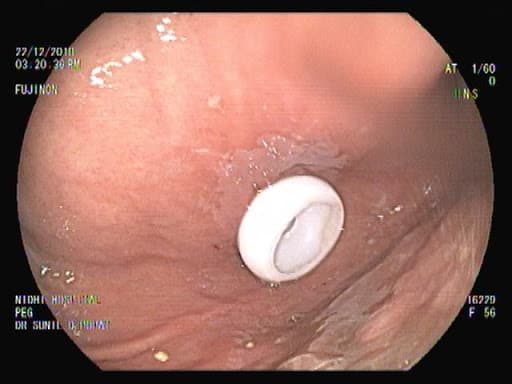
Percutaneous endoscopic gastrostomy, or PEG, is a procedure through which an endoscope assists the placement of a flexible feeding tube through the abdominal wall and into the stomach. The PEG procedure is for patients who have difficulty swallowing, problems with their appetite or an inability to take enough nutrition through the mouth. It allows nutrition, fluids, and/or medications to be put directly into the stomach, bypassing the mouth and esophagus.
In this procedure, the endoscopist uses a lighted, flexible tube called an endoscope to guide the creation of a small opening through the skin of the abdomen and directly into the stomach. This allows the doctor to place and secure a feeding tube into the stomach. Patients generally receive a mild sedative and local anesthesia, and an antibiotic is given by vein prior to the procedure. Patients can usually go home the day of the procedure or the next day.
A PEG does not prevent a patient from eating or drinking, but depending on the medical condition and situation, the doctor might decide to limit or completely avoid eating or drinking.
PEG tubes can last for months or years. However, because they can break down or become clogged over extended periods of time, they might need to be replaced. The doctor can remove or replace a tube without sedatives or anesthesia, although he or she might opt to use sedation and endoscopy in some cases. PEG sites close quickly once the tube is removed, so accidental dislodgment requires immediate attention.
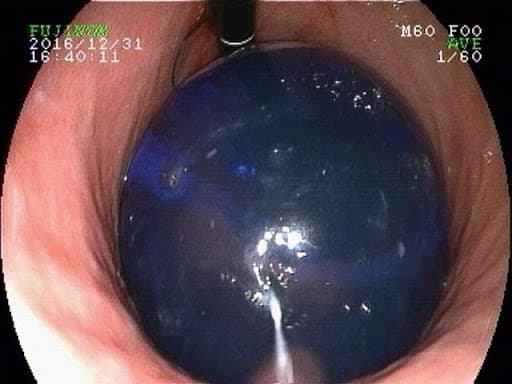
The balloon partially fills the stomach and limits food intake. Patients have an enduring feeling of satiety. The procedure does not require surgery and is done in a day-care setting.
The gastric balloon consists of soft, well-tolerated silicone that is filled with a sterile saline solution (salt water). The filled gastric balloon creates a sense of satiety. The balloon is generally removed after a maximum of six months.
No operation: implantation of a balloon
Duration of therapy: 30 minutes
Mandatory removal of balloon after 6 months
Anaesthesia: only analgosedation
Hospitalisation: 2-3 days
patient with BMI 30-70
patient who
does not accept a surgical procedure
wants a temporary (6 months max.) treatment
is well-motivated accepts diet and psychological criteria
is no sweet eater
is no binge (volume) eater
is no stress eater
accepts after-care program
accepts a temporary implant in the stomach
has no heartburn
has no poorly-stabilized diabetes type II
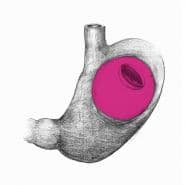
the patient feels satiety
the patient loses more weight on average than with other diet programmes
the patient is supported by a team of medical experts
the patient learns how to sustain weight loss
the patient appreciates the advantages of a non-surgical and non-pharmacological approach
the procedure is only for 6 months
some patient do not tolerate restrictive procedures
nausea and vomiting, especially in the beginning
strict diet and exercise programme
low cost/effectiveness ratio
The unfilled gastric balloon is inserted into the stomach through the mouth and oesophagus with the aid of an endoscopic camera. The physician will advise you whether the procedure should be conducted under local or general anaesthesia. Using a fluid supply tube, the gastric balloon is then filled and the tube removed. The insertion of the gastric balloon takes between 20 to 30 minutes. You will be able to return home after an appropriate period of recovery.
A maximum of six months. The physician ultimately determines on the basis of your weight loss how soon the balloon can be removed.
An endoscopic camera is once again introduced into the stomach through the oesophagus. The gastric balloon is then punctured, deflated, grasped with forceps and removed.
You can lose between 15 and 25 kg. Essentially, weight loss depends on your discipline and the extent to which you adhere to the diet.
The most likely complaints are vomiting and nausea, which may occur during the early stages. Please consult your treating physician about any risks involved
After surgery, the patient must follow special diets and vitamin intake to lose weight in a controlled manner.
* Multivit+minerals: 1 tab. per Day
* Biotin, Selenium, Vitamin B9 (B11), Zinc: In case of hair problems
before implantation and after explantation
* PPI: 20mg, 0-0-1 (3-6 Months)
Three weeks after operation – 3 hours of physical activity per week but under sport medical supervision and medical advice.
Eat slowly and chew food thoroughly
Do not eat beyond the point of feeling satisfied
Eat 3 – 4 meals per day
Eat a sufficient quantity of protein-rich foods and always eat them first.
Protein is important to maintain muscle mass and improve wound-healing.
Protein deficiency may cause hair loss!
Vary your meals, so that there is no nutrient imbalance. Make an appointment for consultation with a nutritionist for your own safety!
Eat low-fat foods; fat has the most calories.
Drinks at least 2 lit. No calories and with little or no carbonation. Drink between meals.
Remember, success is only achieved by the combination of gastric balloon, low-calorie foods and plenty of exercise.
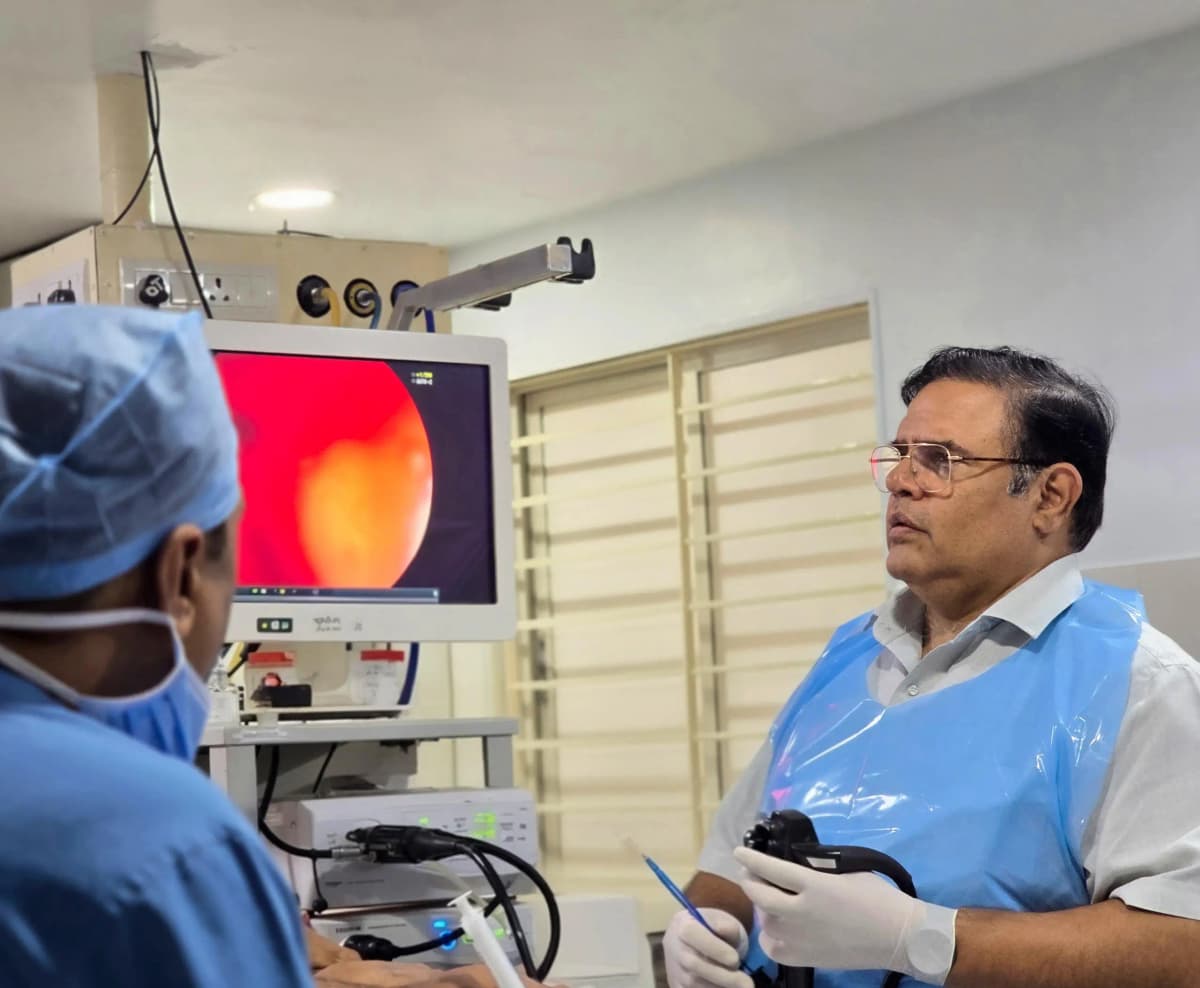

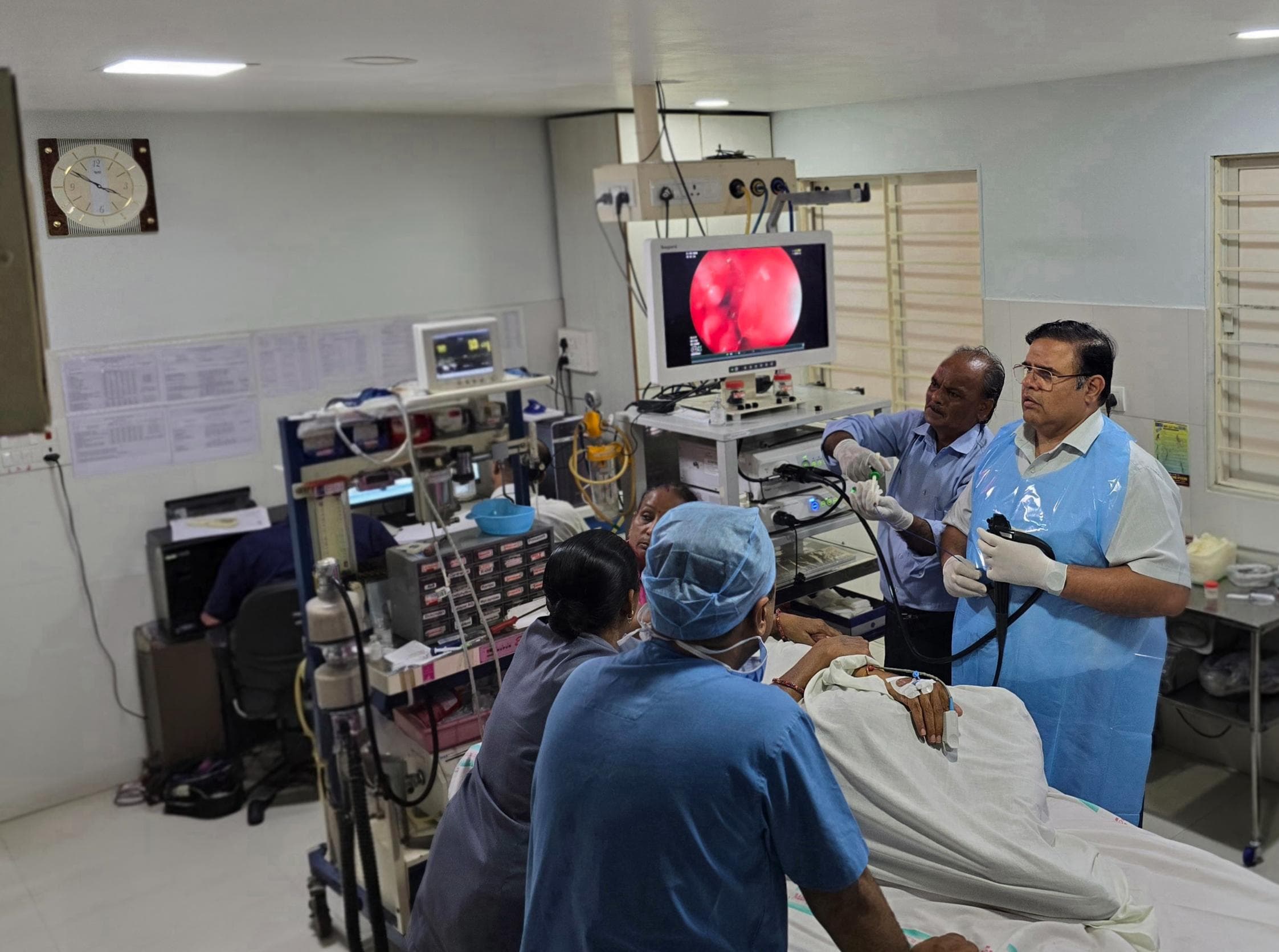

Prof. Dr. Sunil D Popat
GASTRO LAPAROSCOPIC SURGEON
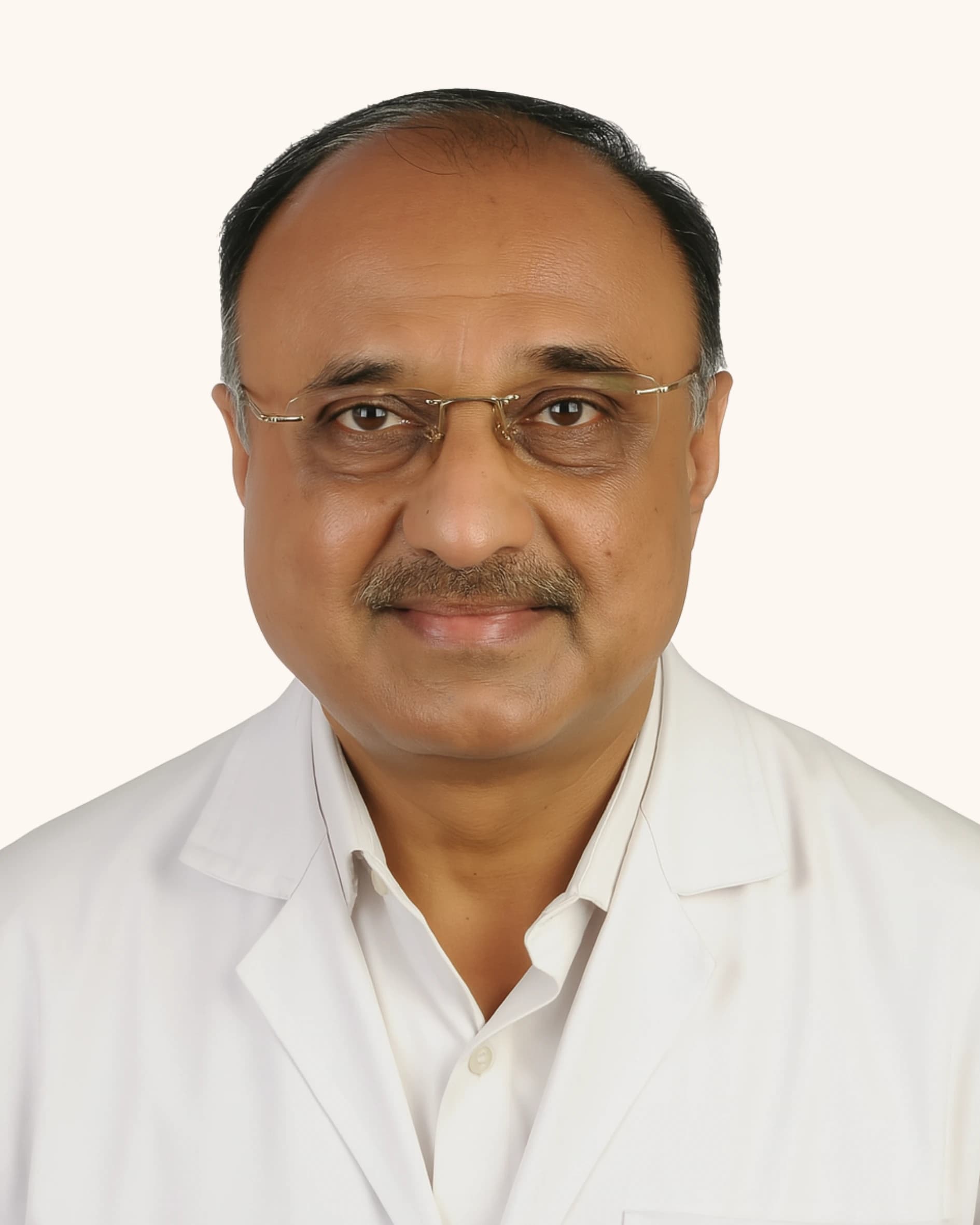
Dr. Manoj Ghoda
GASTROENTEROLOGIST
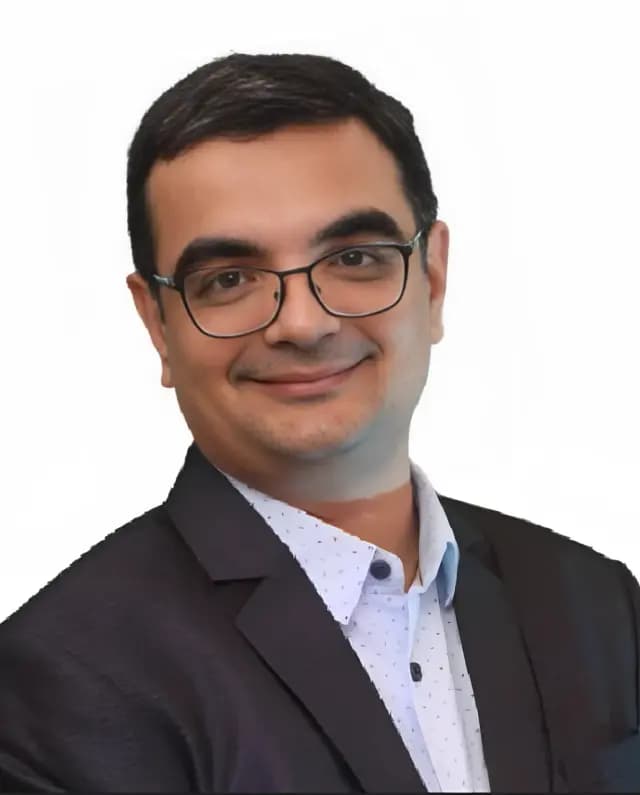
Dr. Pratin Bhatt
GASTROENTEROLOGIST
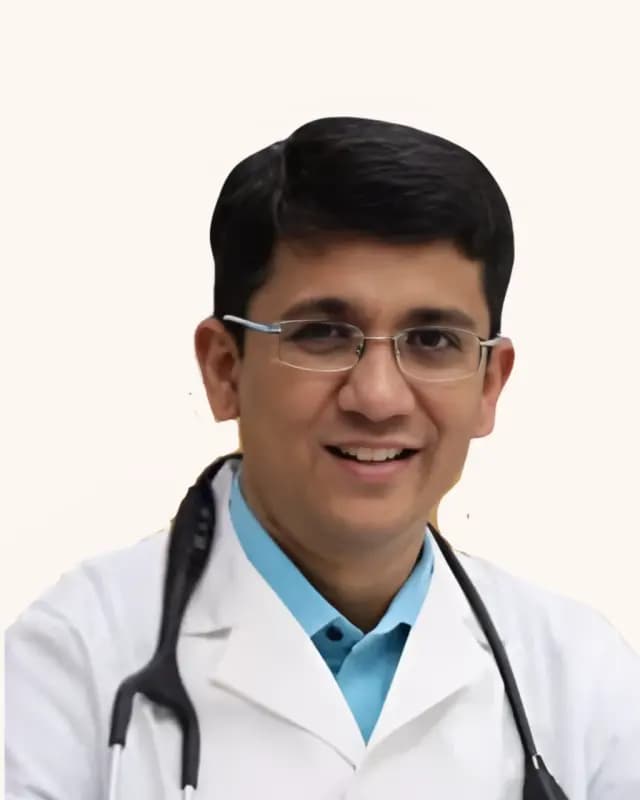
Dr. Chirag Shah
GASTROENTEROLOGIST